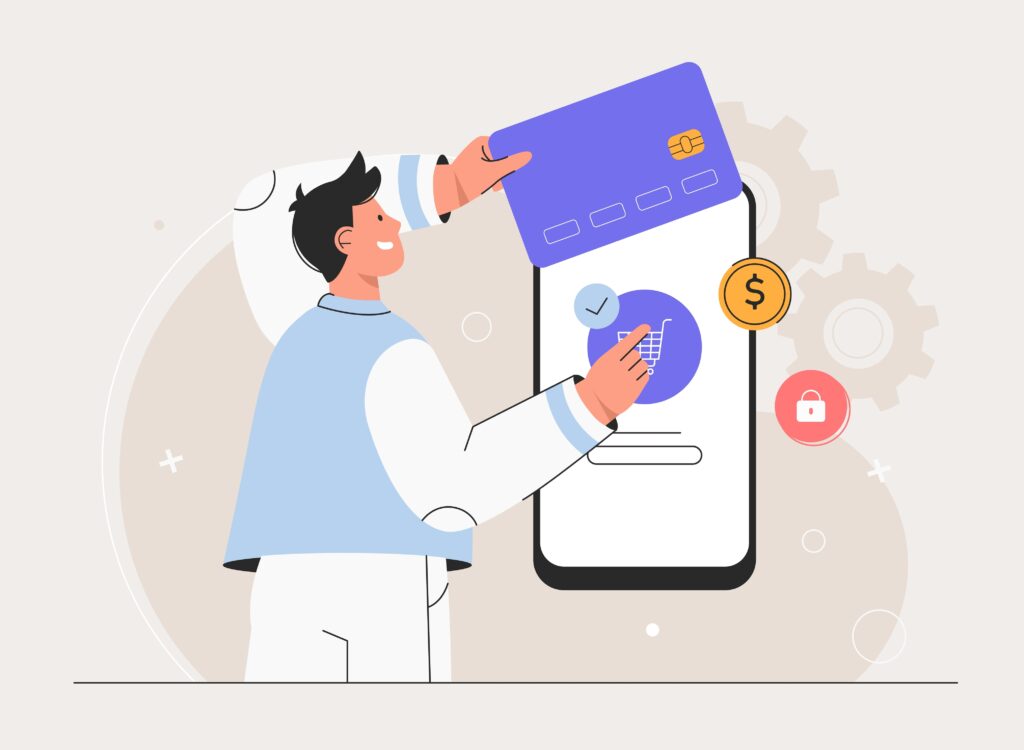LogiCommerce is trusted by global enterprise brands and wholesalers, across industries
The checkout page is the last crucial step in the online shopping process, and its design and performance can have a significant impact on an online store's conversion rates.
A well-optimized checkout page not only makes it easier for customers to complete their purchases, but can also increase user confidence, reduce cart abandonment and improve the overall shopping experience.
In this article, we will explore effective strategies to optimize your online store checkout page and increase conversions.
Contents
Simplicity is key when it comes to the checkout page. Eliminate any superfluous elements that may distract the customer or hinder the checkout process.
Limit the number of fields to be completed and use a clean and clear design that guides the user intuitively through the checkout steps.
The simpler the process, the more likely customers are to complete their purchase.

To cater to a wide range of customers, it is critical to offer multiple payment options on the checkout page.
In addition to credit and debit cards, consider integrating popular payment methods such as PayPal, Apple Pay, Google Pay and other digital wallets.
Providing variety in payment options makes it more convenient for customers to complete their purchase, which can result in higher conversion rates.
Security is a major concern for online shoppers, so it is crucial to convey trust on the checkout page.
Be sure to display security seals, SSL certificates and any other relevant information that indicates that the checkout process is safe and secure.
This will help reassure customers and reduce concerns about the privacy of their data.
Hidden or unclear shipping costs are one of the main reasons customers abandon their shopping carts.
On the checkout page, be sure to clearly display available shipping options, associated costs and estimated delivery times.
Offering flexible and transparent shipping options can help improve the shopping experience and avoid unpleasant surprises for customers.
It is common for customers to review their order before finalizing the purchase, so it is important to make this task easy on the checkout page.
Provide a clear and detailed summary of the selected products, quantities, prices and total costs.
It also includes the option to edit or correct order information, such as shipping address or payment details, so customers can adjust if necessary without having to go back through the process.

A fundamental part of checkout page optimization is to run A/B tests to test different elements and layouts to determine which ones generate the best results in terms of conversions.
Test different button colors, field placement, call-to-action text and other elements to identify which combinations work best.
In addition, use analytics tools to monitor checkout page performance and make data-driven adjustments to continually improve the user experience and increase conversions.
